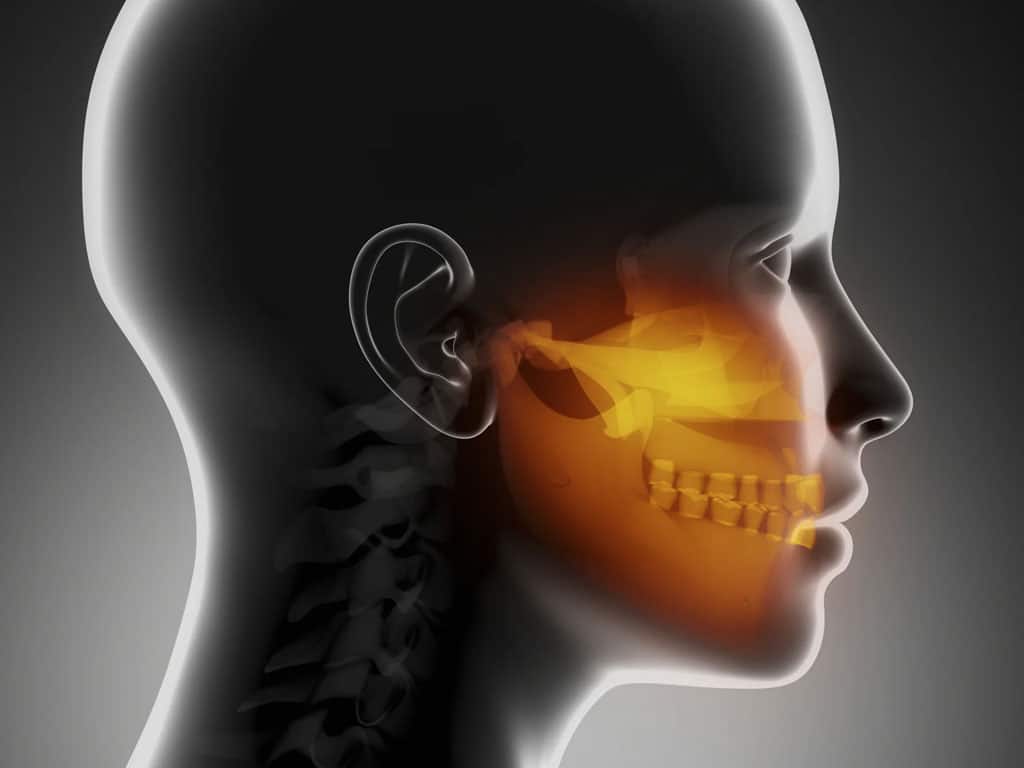
What is TMJ joint dysfunction?
The Temporomandibular joint (TMJ) is your jaw joint that allows you to open and close your mouth. The TMJ is located where your mandible attaches to the base of your skull. TMJ dysfunction is when there is damage to the bones or cartilage of the joint leading to pain, clicking, grinding, locking, dislocation or facial pain.
What are the symptoms of TMJ Dysfunction?
Symptoms may range from mild to severe and debilitating. Symptoms may include:
- Difficulty with mouth opening
- Limited range of motion of your jaw
- Locked jaw (Open or closed)
- Clicking, popping noises from the joint
- Inability to eat certain foods
Treatment Options for TMJ Dysfunction
Treatment of TMJ disorders range from conservative to surgical.
Conservative non-operative treatment options include:
- Soft diet
- Anti-inflammatories
- Heat packs
- Physiotherapy
- Occlusal splint
Surgical treatment options include:
- Arthrocentesis: Washout of the jaw joint
- Arthroscopy: Washout of the jaw joint with a specialised camera. This may help with scar tissue removal and diagnosis of the underlying issue
- Discectomy: An open procedure to remove a damaged and painful cartilaginous disc in your joint
- TMJ replacement: An open procedure to replace the entire joint with a custom titanium joint
Recovery after TMJ surgery
Recovery after TMJ surgery will depend on your age, medical conditions and extent of surgery.
If you have any questions or concerns in the post-operative period, Dr Oztel will be available to discuss these with you.
About
Dr Mehmet Oztel
Dr Oztel is an Australian trained contemporary Oral and Maxillofacial Surgeon. He has completed 17 years of study and training in Medicine, Dentistry and Surgery specialising in the surgical management of the teeth, jaws and face.

